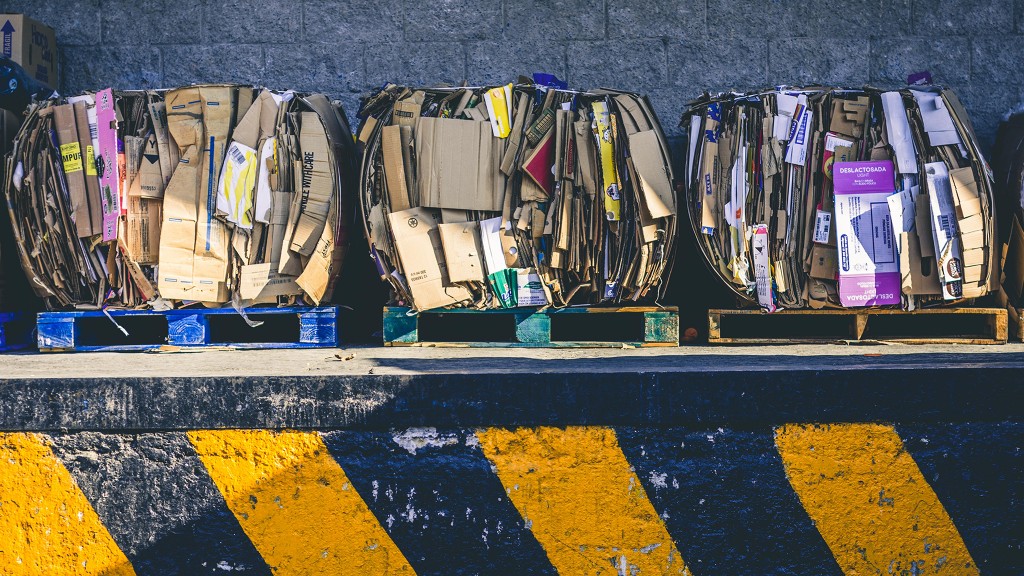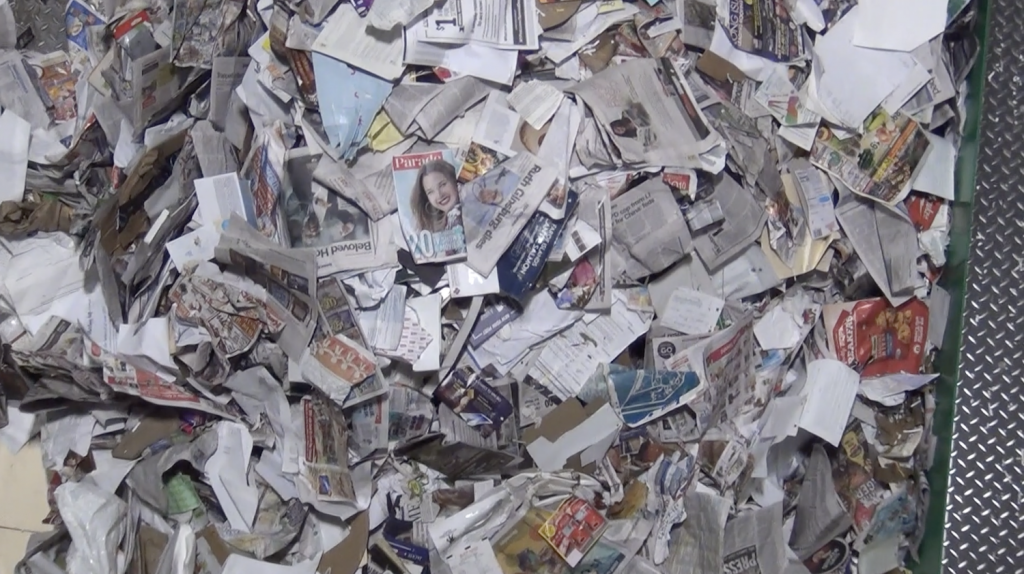OCC volatility is off the charts
Compared to some commodity markets over the last five years, Old Corrugated Containers (OCC) leads the pack when it comes to volatility

Recycled paper, and old corrugated containers (OCC) in particular, has always been a volatile commodity. Over the past few years, the market has seen boosts in demand from rising recycled containerboard production, followed by a sharp fall in export opportunities as countries, including China, introduce quality restrictions on imports and then supply-side disruptions. All this has naturally led to major swings in pricing.
A comparison of OCC volatility versus other more liquid, mature commodity markets over the last five years, shows OCC is the leader of the pack. Monthly, quarterly, bi-annual and annual volatility outstrips that of Brent crude, copper and cotton. Quarterly volatility stands at a whopping 31.36 percent.
The volatility in 2020 was off the charts as was the case with many other commodities. Who can forget U.S. crude oil prices going negative for the first time in history back in May, after demand for oil almost dried up? Prices of industrial metals such as copper and zinc also slumped, only to recover following the temporary shutdown of some mining activities.
OCC trumps the lot
Monthly OCC volatility from January to October 2020 stood at 37.45 percent, compared with 31.43 percent for Brent and just 6.52 percent for copper, according to Fastmarkets data.
Although prices appeared to have stabilized last autumn, there remained much uncertainty in the market. Further demand disruptions loomed notably with China's ban on all imports of recovered paper due to take effect from January 1, 2021. Indeed, as of October 2020, many market watchers expected this to trigger a drop in prices, and the forward curve for pulp and paper exchange NOREXECO's OCC futures contract showed a Euro10/tonne drop between December 2020 and Q1 2021.
In fact, quite the opposite happened. The resurgence of the COVID-19 pandemic in October/November 2020 and new lockdown measures across Europe led to renewed supply restrictions, pushing prices higher. Far from the expected drop, Q1 2021 has seen a strong rally in OCC prices. By the end of February 2021, Fastmarkets FOEX's PIX OCC 1.04 dd index had risen by 60 percent compared with the levels of October 2020.
Buyers would have benefited from locking in their costs back in the autumn. Now more than ever, buyers and sellers of OCC need to look at managing their exposure to price swings.
Recovered paper markets key points
1 Recovered paper prices are highly volatile
The volatility in recovered paper prices can rival those of many other, more liquid commodities. It can at times be more volatile than pulp, cotton, copper or Brent crude.
2 COVID-19 has had a massive impact on supplies
The volatility in 2020 has been unprecedented. The COVID-19 pandemic slashed collection rates, virtually wiped supplies of grades collected in schools and offices and disrupted international trade flows. OCC prices have ridden a roller-coaster ride, and one that it seems, like the pandemic, is not over yet.
3 China is set to ban all imports
China, a key buyer of recovered paper from Europe and the U.S., is due to ban imports in 2021. This will undoubtedly trigger further price volatility and changes in trade flows.
4 The need to hedge has never been greater
In this environment, it is becoming more important that market participants manage their risk. One solution for this is to use futures contracts to lock in prices. NOREXECO, The Pulp and Paper Exchange, launched the world's first recovered paper futures in October 2020. So how might market participants use futures to bring predictability to their balance sheets?
This article is excerpted from the December 2020 Fastmarkets RISI Market Insights report, Old Corrugated Containers: A new era dawns.
This excerpted article was originally published in the March 2021 edition of Recycling Product News, Volume 29, Number 2.


